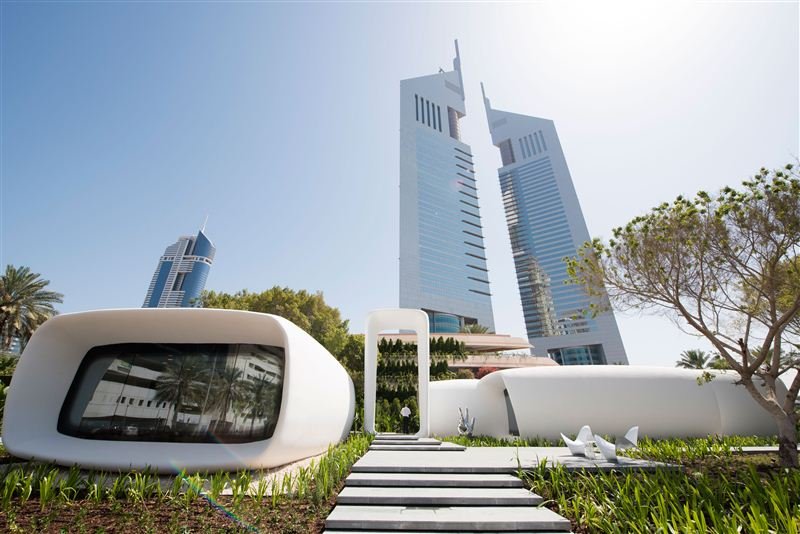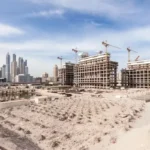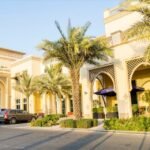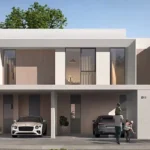Now Reading: Net-Zero Energy Buildings Rise in the Emirates
-
01
Net-Zero Energy Buildings Rise in the Emirates
Net-Zero Energy Buildings Rise in the Emirates
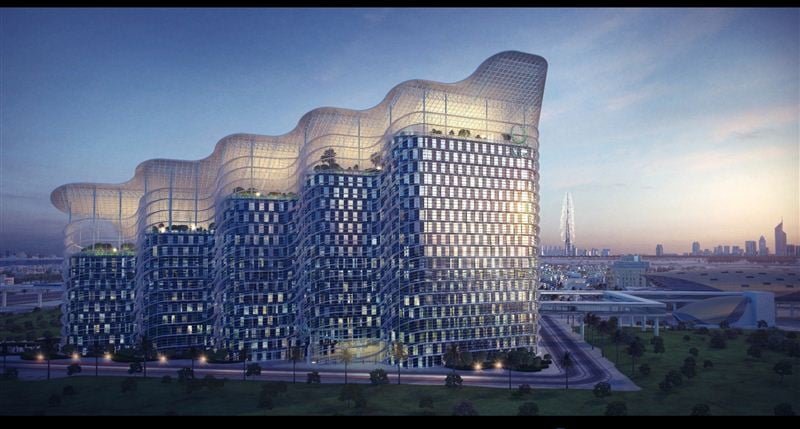
The concept of net-zero energy buildings in the Emirates is no longer futuristic-it is rapidly becoming a mainstream reality. Driven by global sustainability goals, local regulations, and the UAE’s commitment to achieve Net Zero by 2050, these buildings are reshaping how real estate is designed, constructed, and operated.
From residential projects to commercial towers, net-zero buildings are being developed to balance the energy they consume with the renewable energy they produce. This evolution is setting new benchmarks for urban development in the Emirates and positioning the nation as a global leader in green innovation.
What Are Net-Zero Energy Buildings?
Net-zero energy buildings (NZEBs) are designed to generate as much energy as they consume annually. They achieve this balance through:
- Efficient Design: Reducing energy demand with advanced insulation, smart layouts, and natural lighting.
- Renewable Energy Integration: Primarily solar panels to generate electricity on-site.
- Smart Systems: AI-powered building management systems to optimize energy use.
- Sustainable Materials: Low-impact construction methods that minimize environmental footprint.
This approach ensures that the building operates sustainably while lowering energy costs for residents and businesses.
Why the Emirates Is Leading the Shift
Several factors make the UAE an ideal hub for net-zero energy innovation:
- Abundant Sunshine: Over 300 days of sun annually provide optimal solar energy potential.
- Government Policies: Programs like the Dubai Clean Energy Strategy 2050 support renewable integration.
- Expo 2020 Legacy: The sustainability pavilion set a global example of net-zero design.
- Investor Demand: Growing interest from global buyers in sustainable properties.
- Carbon Reduction Goals: The UAE Net Zero by 2050 initiative is driving green construction standards.
Case Studies in the Emirates
The Sustainable City, Dubai
One of the region’s pioneering communities, The Sustainable City integrates rooftop solar, energy-efficient homes, and shared green infrastructure. Many of its homes operate close to net-zero levels.
Masdar City, Abu Dhabi
An internationally recognized model for sustainable urban planning, Masdar City incorporates renewable energy systems, smart technology, and net-zero-ready buildings.
Expo City Dubai
Designed with sustainability as a priority, Expo City includes energy-efficient buildings that integrate renewable sources, laying the foundation for future net-zero neighborhoods.
Benefits of Net-Zero Energy Buildings
For developers, investors, and residents, these buildings offer wide-ranging advantages:
- Lower Operating Costs: Reduced or eliminated electricity bills through renewable generation.
- Higher Property Value: Eco-friendly features increase buyer demand.
- Resilience: Buildings less reliant on traditional energy grids.
- Environmental Impact: Lower carbon emissions and reduced strain on national power supply.
- Global Appeal: Attracts environmentally conscious investors and tenants.
Challenges to Widespread Adoption
While the growth is strong, several challenges remain:
- Upfront Costs: Installing renewable systems and advanced technologies can be expensive.
- Technical Expertise: Specialized knowledge is required for design and operation.
- Public Awareness: Some buyers are unfamiliar with long-term savings.
- Policy Gaps: Although progress is ongoing, more uniform regulations are needed across the Emirates.
The Role of Technology and Innovation
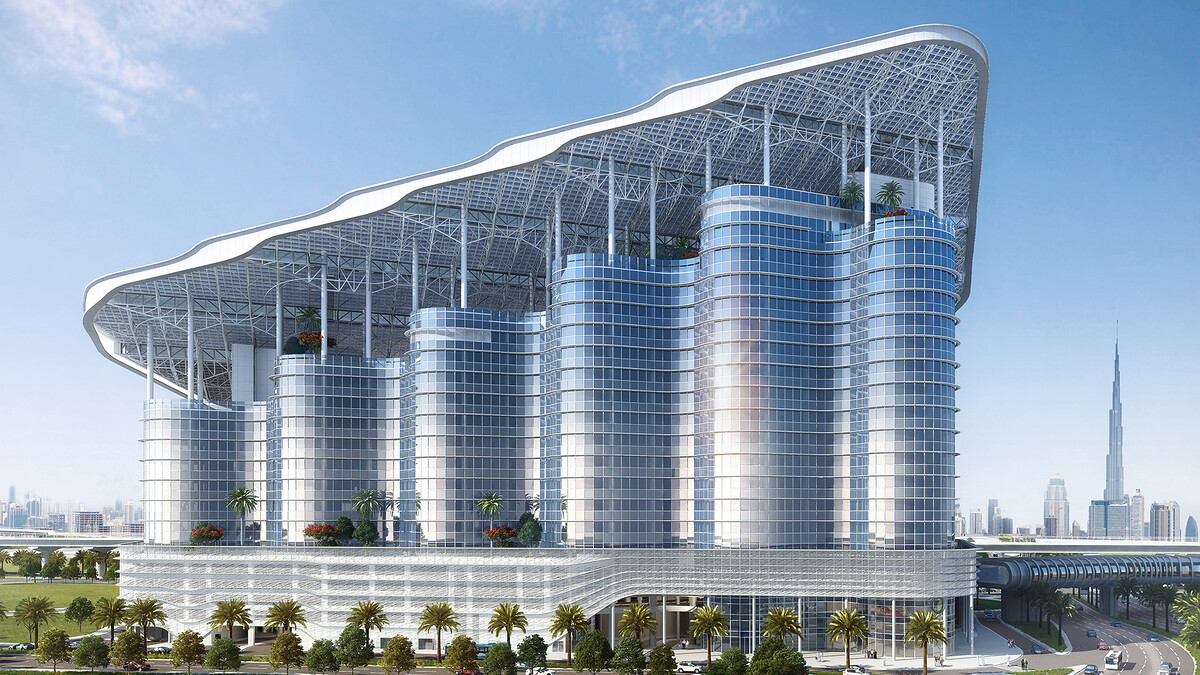
Technology is at the heart of making net-zero energy buildings a reality. Emerging solutions include:
- Building Integrated Photovoltaics (BIPV): Solar panels built into facades and windows.
- AI and IoT Systems: Smart management of lighting, cooling, and energy storage.
- Green Construction Materials: Low-carbon concrete and recycled materials.
- Battery Storage: Enhancing efficiency by storing solar power for night use.
These innovations are making it easier and more cost-effective to scale net-zero adoption across residential and commercial projects.
Future Outlook for Net-Zero in the Emirates
The future of net-zero energy buildings in the Emirates looks promising. Analysts predict that:
- By 2030, many new buildings will be required to meet net-zero or near-net-zero standards.
- Large-scale communities will increasingly integrate renewable energy systems.
- Green financing and incentives will encourage investors to support sustainable projects.
- Collaboration between government, developers, and technology firms will accelerate progress.
With the UAE hosting COP28 and positioning itself as a sustainability leader, the push for net-zero buildings is only expected to accelerate.
Conclusion
The rise of net-zero energy buildings in the Emirates represents a major milestone in sustainable development. By combining renewable energy, efficient design, and smart technology, these buildings not only reduce carbon footprints but also deliver long-term cost savings and lifestyle benefits.
As the UAE continues its journey toward Net Zero 2050, net-zero energy buildings will become standard practice rather than the exception. For homeowners, investors, and developers, this trend represents both a moral responsibility and a lucrative opportunity in the future of real estate.
Follow us on: Instagram
Read More: Solar Energy in UAE Homes Drives Green Development




